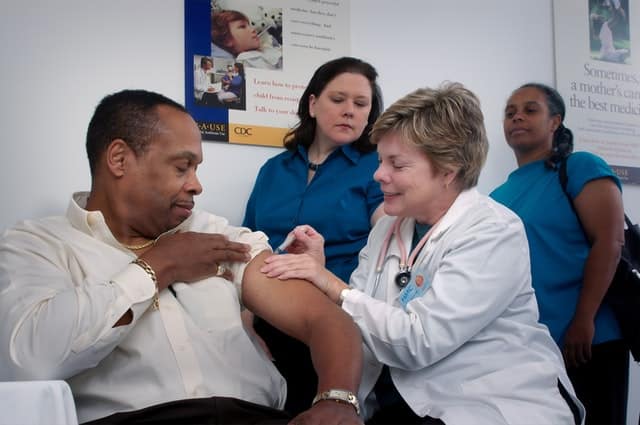What is Subsidized Health Insurance? Examples of Subsidized Health Insurance
Are you currently paying for your health insurance or shopping around for a plan? Either way, subsidized health insurance plans may be available to help you pay for your medical bills.
Low-income and middle-class families are the target beneficiaries of these programs. Examples of subsidized coverage include Medicaid, Children’s Health Insurance Program (CHIP), and Obamacare.
What is a subsidy in health insurance?
A subsidy is a financial assistance granted by the government to help you pay for a commodity or service. The health insurance subsidies from the federal government include:
- Advanced Premium Tax Credit. This credit reduces your monthly health insurance payment or premium.
- Cost-sharing Reduction. This lessens your out-of-pocket costs (deductible, coinsurance, and copays) for the health care services you need.
You are qualified for a subsidy depending on the following factors:
- Your annual income
- The size of your family
- The health insurance costs in your state
Subsidized Health Insurance
Medicaid
Medicaid is the lifeline of low-income individuals and families who need health insurance plans. It covers the medical expenses of eligible members as prescribed by federal and state law.
To be eligible for Medicaid, you must belong to any of these groups: seniors, adults with dependent children, people with disabilities, children, and pregnant women.
Through the Affordable Care Act (ACA), states were given the chance to expand Medicaid eligibility to adults under 65 years old with incomes up to 133% of the federal poverty level.
To apply for Medicaid, you need to provide these documents:
- Birth certificate or driver’s license to prove age and citizenship
- Latest pay stubs or tax returns as proof of income
- Bank statements
- Lease, utility bill statements, or a copy of your mortgage that serves as your proof of address
- Medical records for those with a disability
Some of the medical services covered by Medicaid include inpatient hospital care, inpatient short-term skilled nursing or rehabilitation facility care, doctor appointments, outpatient hospital or clinic care, laboratory and X-ray services, ambulance service, and prescription drugs for people not covered by Medicare.
State Medicaid programs may also cover elective medical services but the patient may be charged a small co-payment.
The optional coverage varies from state to state but usually includes eye examinations and glasses, hearing tests and hearing aids, dental care, preventive screenings, physical therapy, non-emergency transportation to and from medical treatment, some nonprescription drugs (including certain vitamins), and chiropractic care.
Children’s Health Insurance Program (CHIP)

Subsidized health insurance for families
The Children’s Health Insurance Program (CHIP) is a federal healthcare program that provides medical coverage for individuals below 19 years old. In most cases, their parents have a combined income that exceeds the Medicaid requirement but is not enough to pay for private insurance.
Just like Medicaid, the federal government provides matching resources to each state. CHIP programs are managed by the state’s Medicaid administration.
Typically, a family with four members that have an annual income of up to $45,000 will qualify for CHIP but the limits are dependent on the state rules. In many instances, those who apply for this program are parents that are unable to obtain health insurance plans for their children through their employer.
The medical services covered by CHIP are often free of charge but some may require a co-payment. Some states also ask the member to pay a monthly premium that cannot exceed 5 percent of the annual household income.
The services covered by CHIP are annual check-ups, immunizations, doctor visits, hospital care, dental and vision care, prescriptions, laboratory services, X-rays, and emergency services.
CHIP coverage starts at any time throughout the year with benefits available for use immediately. Oftentimes, parents who are eligible for Medicaid can sign up their child in CHIP so they don’t have to purchase the insurance.
Obamacare
Obamacare offers subsidies or tax credits to help make health coverage more affordable to people. It reduces your monthly premium depending on the percentage of your annual income.
You are qualified for subsidies if you earn 400% or less of the Federal Poverty Level (FPL). However, if your income falls below the FPL, you cannot receive subsidies but you can be eligible for Medicaid. To qualify for Obamacare subsidies, you need to meet these requirements:
- Living in the United States (US citizen or legal resident)
- Not currently incarcerated
- Income should not be more than 400% of the federal poverty level
Final Thoughts
Remember that the government makes the final decision if you are eligible to receive a subsidy.
If you are ready to shop for health insurance plans, check out your options with an insurance agent or insurance company near you.
